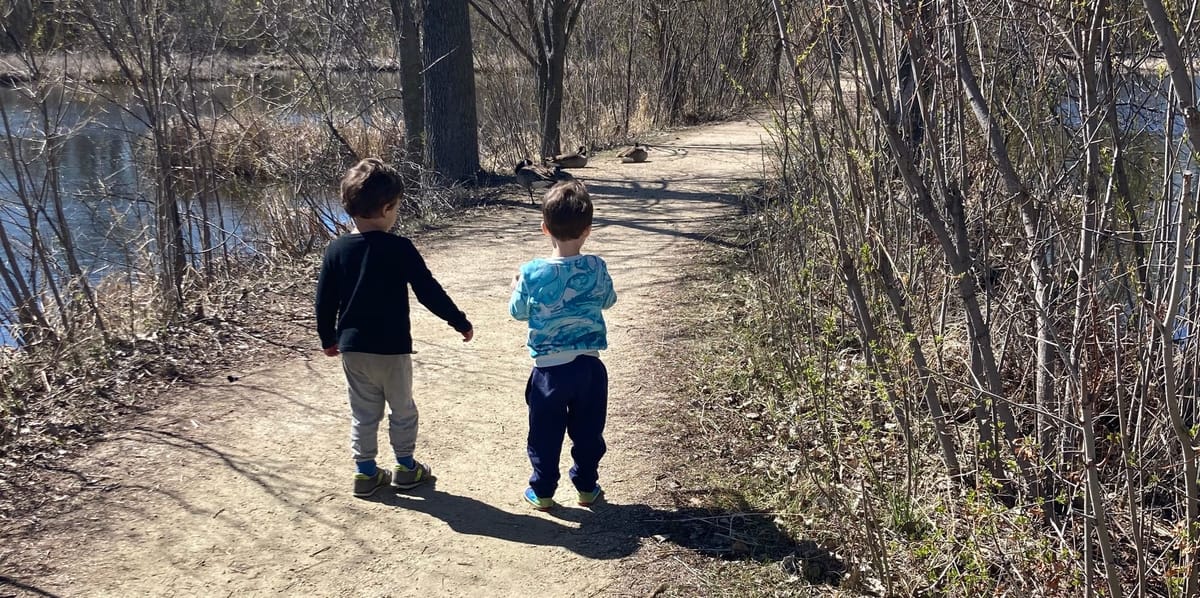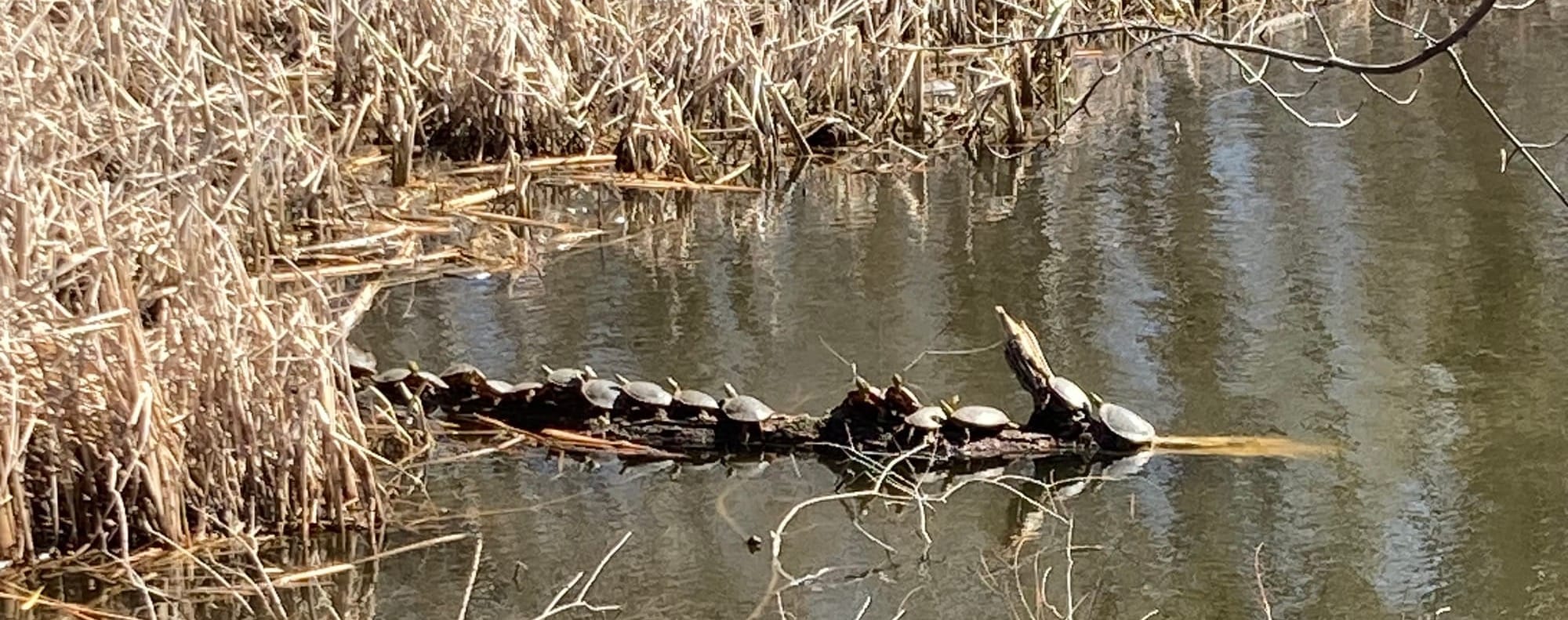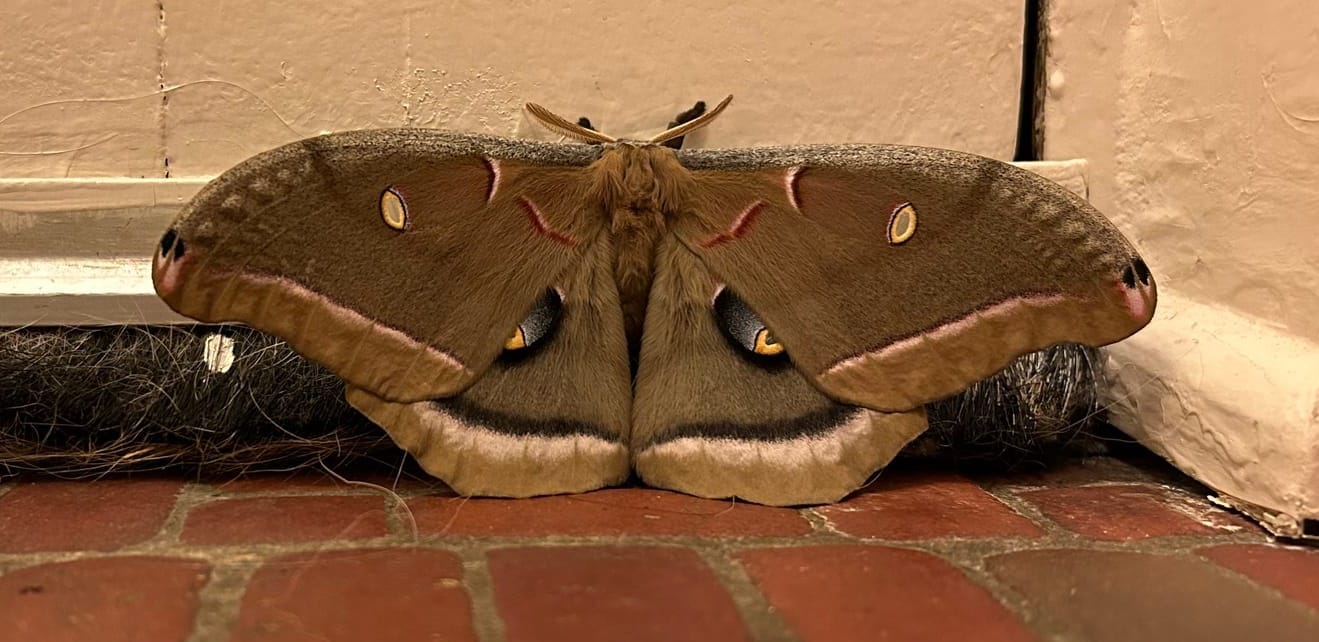Thoughts: Changing signs of spring

When spring comes in Minnesota—which usually takes a long time—I like to go outside with the grandchildren to appreciate signs of spring. The first time I did this, the grandchild had just turned two. So our walk was very wandering, and short enough that I could carry him home if needed. But signs of spring were everywhere in that small space. Buds swelling; moss, grass, and lichen greening; cold rivers of water from melting snow; bugs inching along; and indigo-blue Siberian squill emerging. One grandchild, at age two, quickly learned to identify signs of spring, with some room for error—his main criterion at the time seemed to be “if green, then sign of spring,” which overidentified signs of spring by picking out pine needles and the occasional plastic bag—but no matter!
I’ve continued this small adventure each year since. It’s a practice I learned young. When I was a girl, my grandfather showed me wonders of the wildflowers in his yard—the hidden flowers of wild ginger that lie on the ground so crawling bugs can pollinate them; the red-orange sap of bloodroot, that gives the plant its name. With my mother and our own children, a generation ago, we would spend Mother’s Day at the Eloise Butler wildflower garden, appreciating the spring ephemerals like trillium and hepatica. For us, sharing the signs of spring has for generations been a way to appreciate the moment and a way to connect across place, time, and family: the rhythm of the seasons, the beauty specific to this place, and for us older folks, the memories of spring and sharing spring over decades.
This year, though, I’m acutely aware—nearing the end of Minnesota’s winterless winter of 2023-2024—that I shouldn’t expect everything to be as it has been.

Expecting spring, as always
Philosopher David Hume pointed out centuries ago that people assume, out of habit, that the future will resemble the past. The sun rises every morning, and we assume it will continue to do so. We wake up able to walk and talk and eat, and we (pretty much) assume we will continue to do so. A similar modern theory is that we learn by developing schemas—simple models that help us quickly categorize objects, people, or situations we encounter. My grandson’s “green thing” for “sign of spring” was a schema. Schemas give us rough-and-ready packages of ideas that we apply to new situations: We might have a schema for “store clerk,” for example, so we can understand quickly our own role and their role in interacting to make purchases. Both Hume’s theory and the modern one point out that we need these schemas (or habits and assumptions): If we had to reorganize and reassess our knowledge with every encounter, or lie awake every night wondering what the day would bring and whether it would come, our lives would be depleted and exhausting—and we couldn’t get anything done. So one upside of this pattern recognition is that it helps us be efficient.
There’s also an emotional upside to recognizing patterns. People tend to appreciate familiarity, finding ease and comfort in it. I certainly do—last spring, when my mother was ill, the familiar beauty of the late snow and chattering chickadees grounded me in its annual rhythm. Seasonal rhythms were a way to find normalcy and hope as we went through the pandemic, too.
Our assumption that the future will resemble the past also provides a background against which novel observations can surprise and delight—and the grandchildren have an advantage in finding those surprises. When I’m out looking for signs of spring, I tend to look for the same buds, flowers, and bugs I’m used to. But the grandchildren have fewer assumptions, so they often notice different signs of spring than I do. On a recent walk, I would have passed over the greening of the weeds in the local baseball diamond, but the grandchildren didn’t. And every time a grandchild points out a sign of spring, I have a chance to see something I wouldn’t have, and a chance to share an excited moment with them.
But then there are the downsides of our assumptions and habits. Assumptions can blind us to new possibilities—if I assume there won’t be a new bird species at the feeder, I won’t look, and I’ll miss the one that visits.
The worse downside is that some of our assumptions are flat-out wrong. As climate changes, our schema-based expectations for the sequence of natural events will be less and less accurate. This is one part of the sadness and terror of climate change: We have habits, assumptions—and ways of life—attuned to pre-climate change realities, and these are virtually guaranteed to be mismatched to the post-climate change world we’re creating. The Minneapolis Park Board assumed that spending $750,000 on skating rinks would buy the people of Minneapolis a typical 6-8 week skating season. Instead, the city got about one week for all that money.

Look, carefully
These pros and cons of our habits and assumptions put two needs in tension: On the one hand, we need to embrace the way our habits and assumptions connect us to our natural and human world via our seasonal rituals and expectations. But on the other hand, we need to guard against the jadedness and error that are side-effects of simplifying our understanding of the world.
So the grandchildren and I will be out looking for signs of spring again this year, excited about all our finds. This is the stuff the sense of seasons and their rhythm is made of—and appreciation for what is around us. But I’ll also, in small doses, do what I can to them keep open eyes and minds for the changes that are coming.